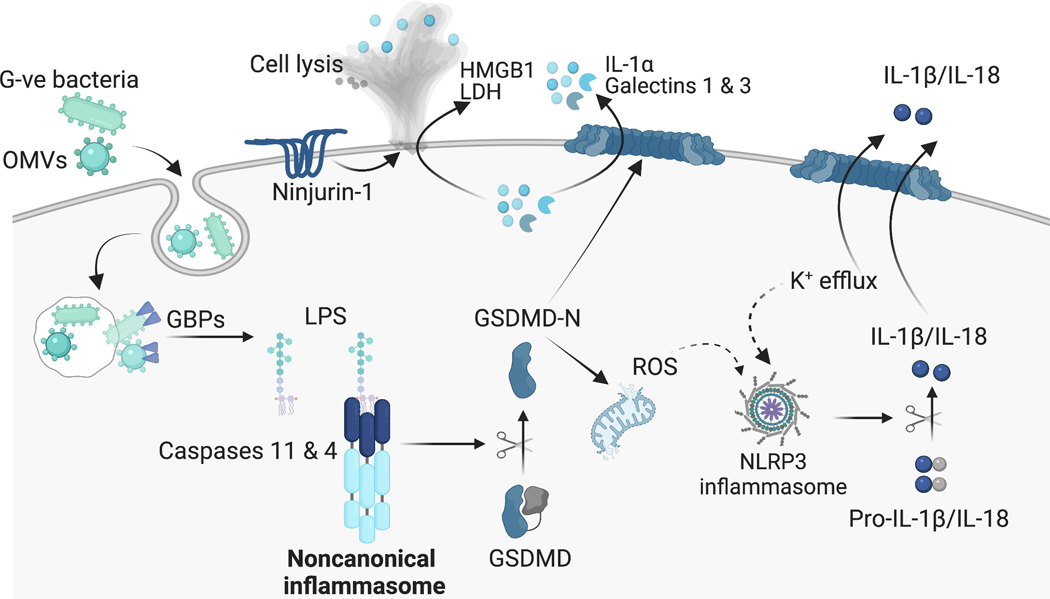Figure 1. Noncanonical inflammasome sensing of cytosolic LPS and activation of GSDMD.

LPS associated with intracellular Gram-negative bacteria or outer membrane vesicles (OMVs) gains access to the cytosol. GBPs act on the bacterial membranes to liberate LPS for recognition by the noncanonical inflammasome. The lipid A moiety of cytosolic LPS interacts with the CARD of caspase-11/4, resulting in caspase-11/4 oligomerization and activation. Active caspase-11/4 interact with GSDMD in an exosite-dependent but tetrapeptide-independent fashion and cleave it. The freed N-terminal domain of GSDMD forms of pores on the plasma membrane leading to the release of DAMPs/alarmins and the processing of IL-1β and IL-18 by the NLRP3 inflammasome. The pyroptotic cascade activates ninjurin-1, which mediates the plasma membrane rupture and terminal cell lysis (Illustration created with BioRender.com.)
